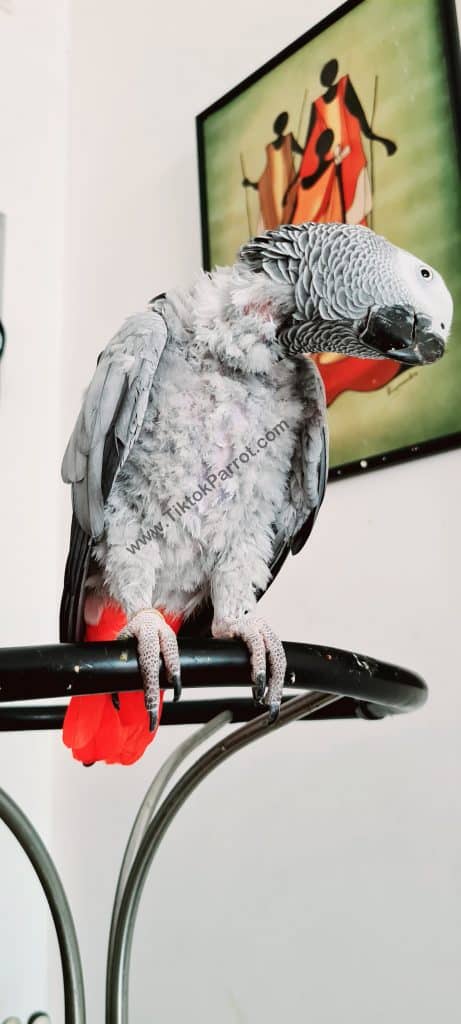Secrets Of Congo African Grey Parrots
One of the most popular “exotic pets” in the world, African grey parrots lead complex, active social lives in their natural habitat. Congo African Grey has top-quality chatting qualities than some other parrot type. They will master many words and sentences in an incredibly crystal clear accent.

Mitthu, the TiktokParrot is also a Congo African Grey and he has even figured out to talk in four different languages, he has memorized words and phrases in English, Urdu/ Hindi, Arabic & Pashto languages. It shows that the Congo African Grey parrots are sometimes seen as just about the most intelligent species of parrots on the earth. With small coaching, proprietors can instruct them a wide variety of phrases and phrases.
African grey lifespan:-
African grey parrots have an extremely long lifespan – they live an average of 60 years, with some birds reaching 80 years old! Because they have such long lives, they often outlive their human owners, meaning that they may have to go through traumatic rehoming several times in their life.
African grey emotions:-
African grey parrots are too emotionally sensitive to be able to handle being bounced from owner to owner, but sadly many of them do have several homes throughout their lifetimes because people rush into adopting them without fully thinking it through.
You can help put an end to situations like these by helping to educate people about African grey ownership, and by making sure that you set a good example for bird owners who might be interested in adopting such a parrot.
This species of parrot is monogamous, which means that they only mate with one companion at a time. In nature, they also display behaviours such as bi-parental care (both parents look after their little chicks) and show altruistic behaviours such as grooming each other and regurgitating food to feed others (a bit gross, but it’s a sweet gesture!).
- As mentioned above, the African Grey Parrot is monogamous (male and female birds stay together). They build nests in holes in trees, with each breeding pair having their own tree. The nests are usually between 10 and 30 m (30 to 100 ft.) from the ground.
- Mating season for African grey parrots differs by region but seems to correspond with the dry season.
- The African Grey female lays three to five eggs, which she incubates for 30 days until they hatch while being fed by her mate. (Means during this time the male bird brings her food.)
- The African Grey chicks remain in the nest for eleven to twelve weeks after hatching. During this time, both parents supply them with food. The parents continue to feed the chicks for four to five weeks after they have fledged (left the nest).
- African grey parrots are medium-sized birds that weigh about .90 pounds and grow up to 13 inches tall with a wingspan of 18-20 inches.
- Adult African grey parrots have yellow irises while juveniles have the same plumage as adults but have dark irises.
- Read the complete article here!
